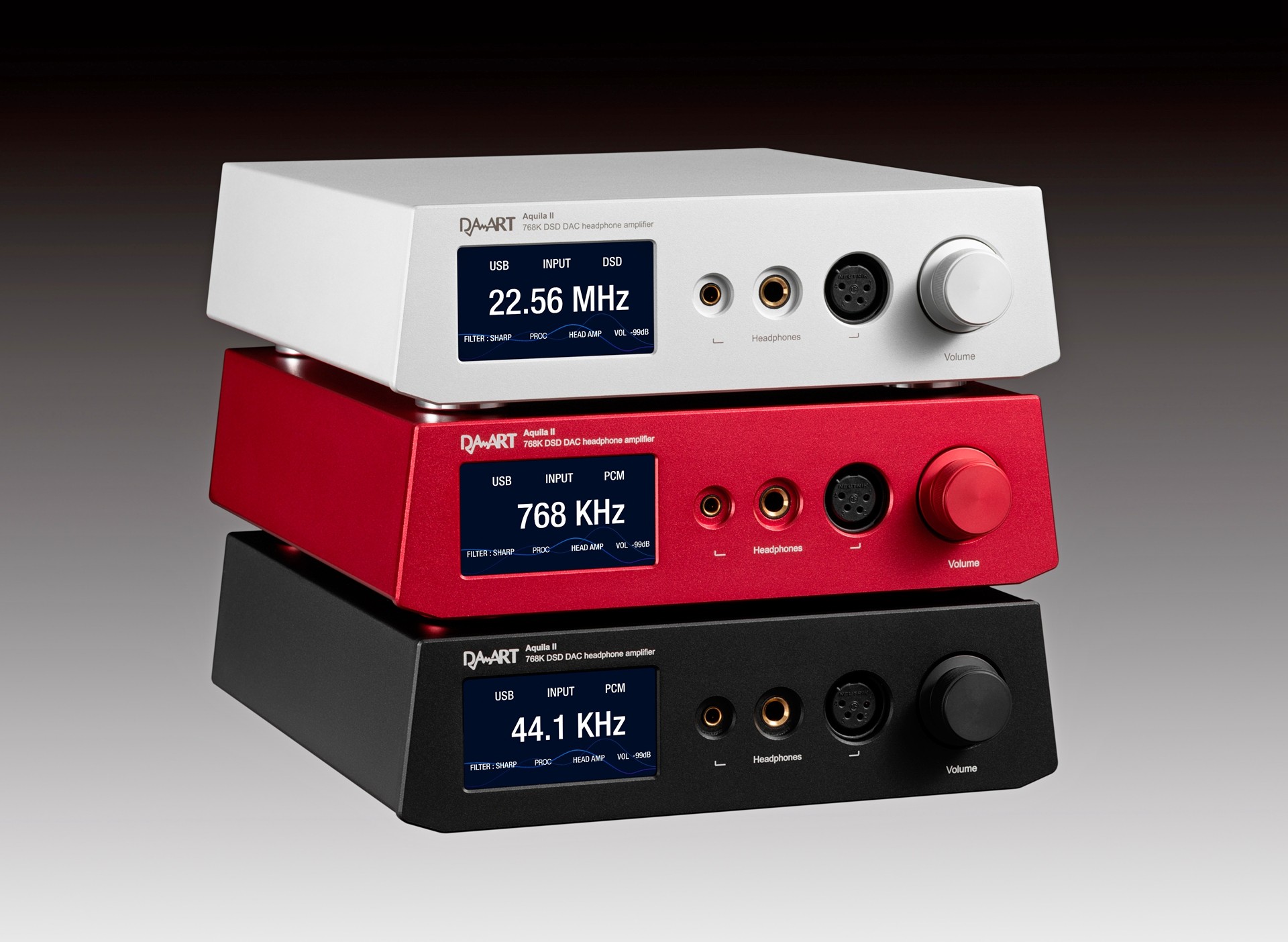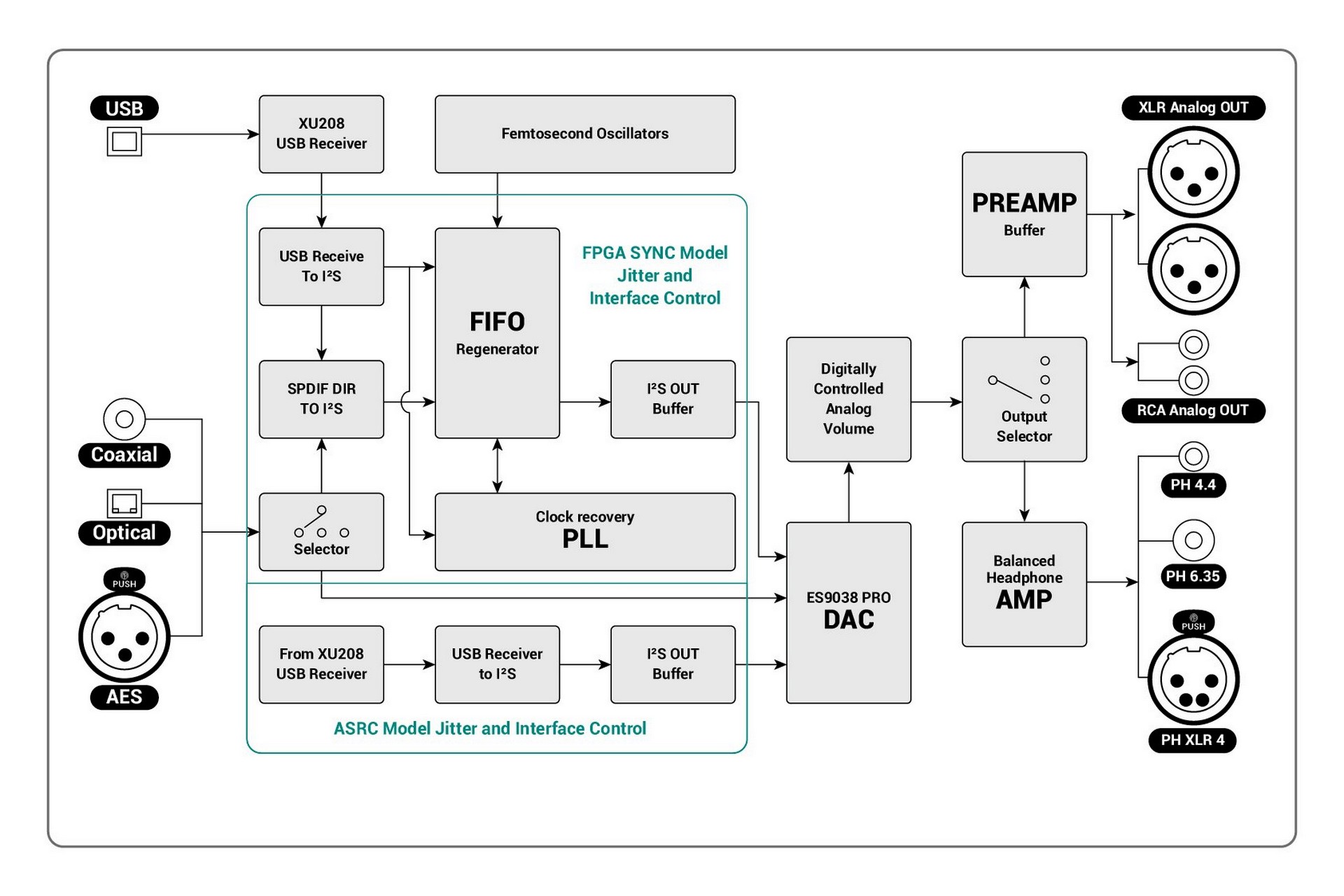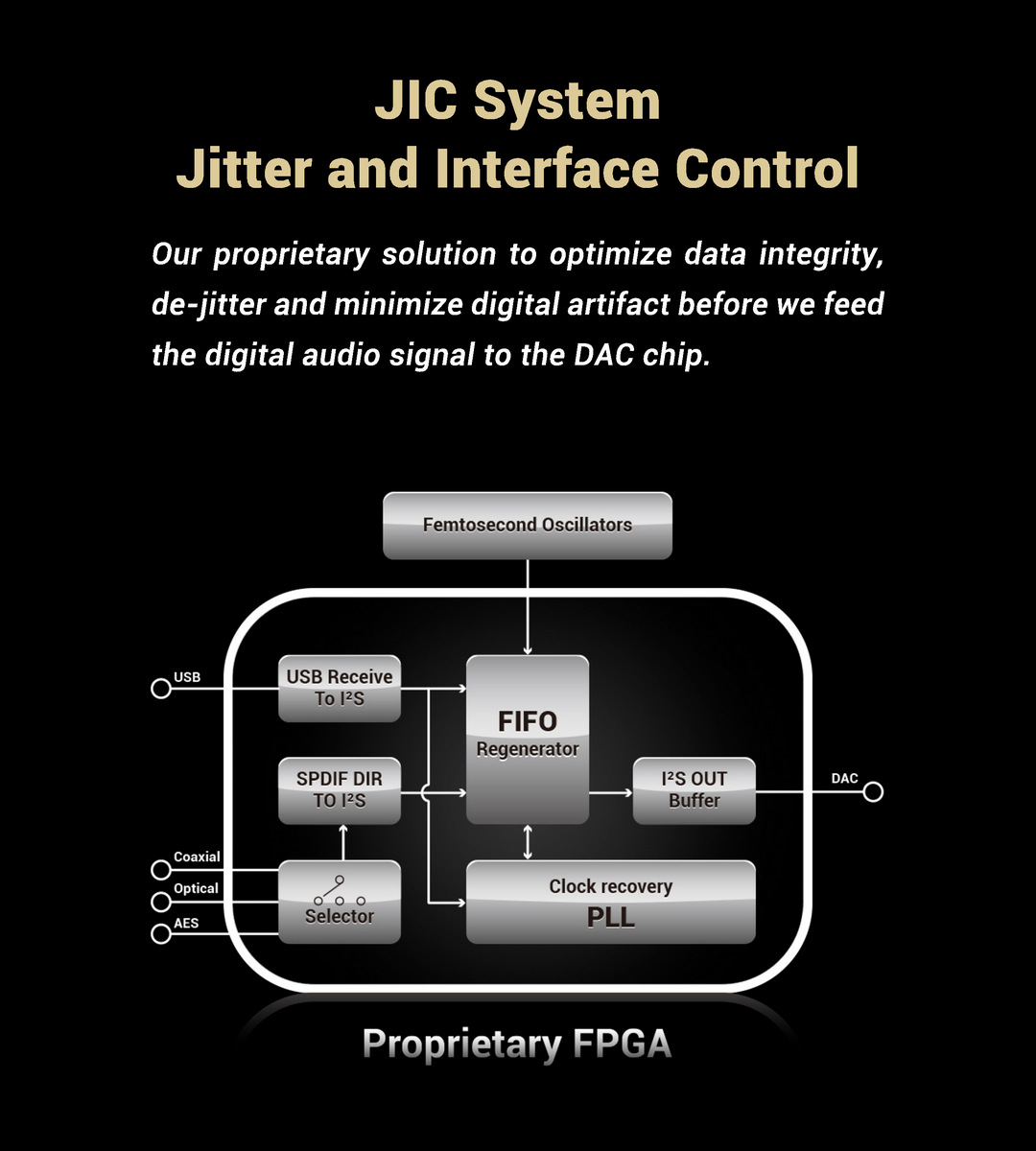YULONG Audio
Member of the Trade: YULONG Audio
- Joined
- Aug 23, 2012
- Posts
- 39
- Likes
- 79

DA-ART Aquila II is our latest premium All-in-One DAC/Amp/Pre for Personal Audio application. It incurred numerous technologies from our Reference product DA10 including the high precision low noise JIC (Jitter and Interface Control) System, our proprietary FPGA solution to enhance audio performance by optimized data integrity, de-jitter and minimized digital artifact before the digital audio signal transmits to the DAC chip.
The Aquila II measures exceptional well, and it also sounds incredibly resolving and realistic. It is designed around the ESS flagship ES9038Pro 32-bit DAC chipset offering768kHz and DSD512 decoding capability. It takes advantage of the new ESS design and facilitates a dual digital processing circuit offering two distinctive synchronous modes. The analog audio circuit has incorporated a high precision analogue volume control to make sure the pre-amp and headphone amp output preserve every bit of resolution and dynamic even at low volume level.

Key Features
- Proprietary high precision low tolerance YULONG JIC (Jitter and Interface Control) System:
- Optimize data integrity and enhance digital signal quality.
- De-jitter and minimize digital artifact.
- Outstanding digital audio capability:
- Design around ES9038Pro DAC chipset with industry-leading 32Bit/768kHz and DSD512.
- Widely recognized XMOS XU208 solution with customized (with license) Thesycon driver to enhance sound quality and stability.
- All inputs interfaces support DoP64 and DoP128, USB input interface supports Native DSD64/128/256/512additionally.
- Choices of 3 digital filters to fine tune your system for different music genres and personal preference.
- Custom developed dual digital processing circuit offers unique digital audio options:
- Synchronous mode: sounds more engaging and musical with an analogue presentation.
- Asynchronous mode: excels on clarity and ow-level detail.
- State-of-the-art analogue implementation:
- 99 steps digitally controlled analogue volume for Preamp and headphone output.
- DC coupled Class AB amplification, delivers upto 4000mW per channel at 32Ω.
- Outstanding headphone performance specially optimized for low impedance headphones, ensure low distortion and outstanding handling capability even at 16Ω loading.
- All-in-one design with comprehensive connectivity:
- Fully balanced design, low impedance DAC line output, high current preamp and headphone amplification.
- USB Audio supports MS Windows, macOS,Linux.
- Special attention to enhance support to Android and iOS mobile and tablet devices.
- Multi-stage independently regulated power supply from two toroidal transformers with low noise regulators.
- Intuitive control through single high precision probably-damped volume knob.
- Seamless, compact and sleek aluminum chassis with large IPS wide angle display, supported by unique claw-style suspension feet.

Technologies
From technologies point of view, Aquila II is a significant advancement from the original Aquila, we have revamped the complete digitalaudio design and enhanced performance on both DDC and DAC.
JIC (Jitter and Interface Control) System
This is a digital audio technology that will convert the input audio signals into low-jitter I2S bit-stream, apply FIFO input buffering while synchronize with the built-in Femtosecond Oscilators. The system will then pulled in and locked the signal by a dual PLL. Our FPGA will distribute and synchronize the signal and then output high quality low-jitter I2S bit-stream through FIFO.
Dual ESS Digital Processing Circuit
This will allow user to switch between two different synchronous modes through on-screen menu:
Synchronous mode:this is a fully FPGA based digital processing. We have bypassed the ASRC circuit within the ES9038Pro DAC and execute dynamic frequency distribution in different sampling frequency range. All processing are conducted at original sampling frequency and will enhance musicality with excellent analogue presentation.
Asynchronous SRC mode: input signal will be optimized by FPGA and then process by the ESS internal digital processing circuit. The built-in ASRC function will up-sample the signal to a higher sampling frequency and will enhance clarity with refined details.
Optimized for MAS (Mobile Audio Source)
Aquila II incorporates XMOS XU208 in its USB Audio design and takes advantage of our FPGA based JIC technologies. In this implementation, we have paid special attention to optimize the compatibility and stability with iOS devices such as iPad Pro and iPhone, we see MAS (Mobile Audio Source) as inevitable norm and shall continue to develop necessary support for Android and iOS device as audio source of our DAC/Amp.

Technical Specification

The Suggested Retail Price of DA-ART Aquila II is US$700. It is available immediately at Shenzhen Audio.
Attachments
Last edited:













































